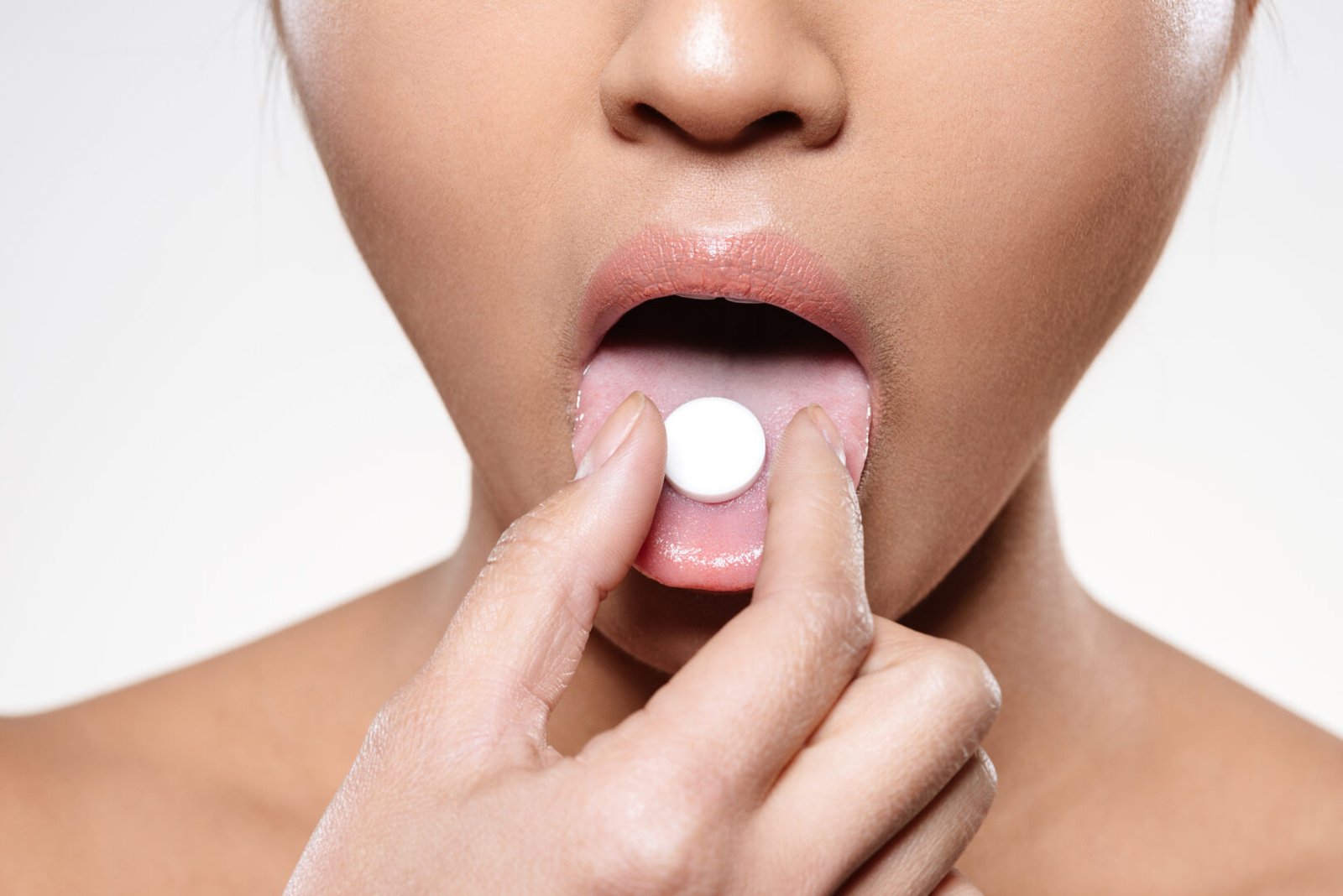4 Must-Have Ingredients in a Healthy Sunscreen (And 2 You Should Definitely Avoid)
Walk down any drugstore skincare aisle and the options for sunscreen are endless—sprays, sticks, lotions, tinted formulas, even “reef-safe” promises. But let’s cut through the marketing noise: not all sunscreens

Walk down any drugstore skincare aisle and the options for sunscreen are endless—sprays, sticks, lotions, tinted formulas, even “reef-safe” promises. But let’s cut through the marketing noise: not all sunscreens are created equal.
Some block UV rays while protecting your skin’s barrier. Others? They sneak in chemicals that may disrupt hormones, irritate sensitive skin, or harm marine ecosystems.
I went down the sunscreen rabbit hole—interviewed dermatologists, dug through scientific reports, and tested dozens of brands. The takeaway?
It’s not just about SPF. It’s about ingredients.
Here are the four must-have ingredients that should be in your sunscreen—and two that should never touch your skin.
4 Must-Have Ingredients in a Healthy Sunscreen
1. Zinc Oxide
This mineral is the gold standard of broad-spectrum UV protection.
- Why it matters: Zinc oxide reflects both UVA and UVB rays. UVA rays age the skin; UVB rays burn it. Zinc blocks both.
- Bonus: It’s non-comedogenic, meaning it won’t clog pores or trigger acne.
- Ideal for: Sensitive skin, kids, and anyone wanting physical (mineral-based) protection without irritation.
Zinc oxide is also reef-safe and stable under sunlight, unlike many chemical filters that break down and lose effectiveness.
2. Titanium Dioxide
Another mineral-based sunscreen MVP, titanium dioxide complements zinc oxide for complete coverage.
- Why it matters: It protects primarily against UVB and short-wave UVA rays.
- Bonus: It’s less whitening than zinc, making it more wearable for everyday use.
Together with zinc oxide, titanium dioxide creates a natural barrier that sits on the skin—no need for it to be absorbed.
3. Antioxidants (Like Vitamin E, C, or Green Tea Extract)
UV exposure doesn’t just burn skin—it creates free radicals that damage cells and accelerate aging. Antioxidants help neutralize those free radicals.
- Why it matters: They enhance sunscreen’s effectiveness and support skin repair.
- Look for: Ingredients like tocopherol (Vitamin E), ascorbic acid (Vitamin C), or green tea polyphenols.
While these don’t block UV rays directly, they give your skin backup during sun exposure.
4. Non-Nano Particle Formulas
This is less about the ingredient and more about the form.
- Why it matters: Non-nano zinc oxide or titanium dioxide means the particles are large enough not to be absorbed into the bloodstream.
- Nano-sized particles are under scrutiny for potential health risks, especially if inhaled or applied to broken skin.
Choose brands that label their mineral ingredients as “non-nano” for peace of mind.
2 Ingredients You Should Avoid in Sunscreen
1. Oxybenzone
This chemical is found in many popular sunscreens—but it’s been flagged for major health and environmental concerns.
- Why avoid it: It may act as an endocrine disruptor, interfering with hormones like estrogen and testosterone.
- Linked to: Allergic reactions, coral bleaching, and potential impacts on reproductive health.
- Banned in: Hawaii and other reef-sensitive zones.
If it’s on the label, put it back on the shelf.
2. Octinoxate (also listed as Octyl Methoxycinnamate)
This one’s a common UVB filter—but like oxybenzone, it doesn’t come without controversy.
- Why avoid it: It’s also linked to hormonal disruption and coral reef damage.
- Concerns: It degrades quickly in sunlight, meaning less protection over time—and greater reapplication needs.
Bottom line: There are safer, longer-lasting options. Don’t settle for outdated ingredients.
Bonus Tip: What About Spray Sunscreens?
Spray sunscreens seem convenient—but most dermatologists caution against them.
- You inhale tiny particles (especially if zinc or titanium are nano-sized).
- You may not apply enough for full protection.
- Wind and sweat can scatter the spray unevenly.
Stick to creams or lotions for better coverage and safety.
Read About: A Topical Approach to Slowing Systemic Signs of Aging
Sunscreen Is Self-Care—Make It Smart
Healthy sunscreen isn’t just about avoiding sunburn. It’s about choosing products that work with your biology, not against it.
When you pick formulas with zinc oxide, titanium dioxide, antioxidants, and non-nano particles, you’re doing more than just blocking UV rays. You’re investing in long-term skin health, hormone balance, and even planetary wellness.
And when you ditch chemical fillers like oxybenzone and octinoxate? You’re telling your skin—and the Earth—it deserves better.
Trust me. I’ve burned, peeled, and regretted. But when I finally got smart about sunscreen, my skin—and conscience—felt a lot clearer.
By Marcus vaughn for Ravoke.com








